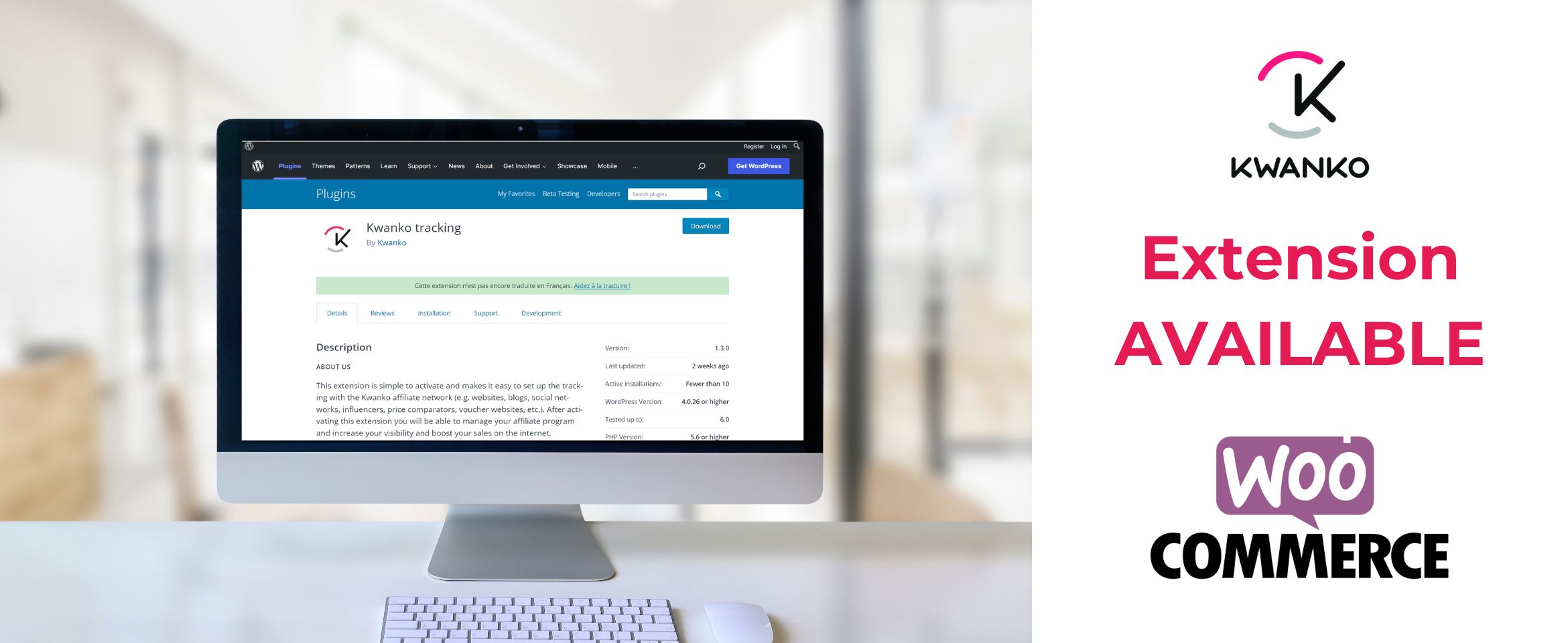Every marketer tries to find leads online. However, to avoid wasting time, money and energy on useless activity, this is a task that needs significant background work. First, you have to work out your environment, market, and competition. Then, you need to create buyer personas to represent your clients’ profiles. Finally, you must set up a client journey covering all key stages from discovery to conversion. Once everything is in place, you can begin.
More leads for more conversion potential
The more people there are in your pipeline, the more potential clients you have. It’s also a good way to assess the quality of your leads. If the conversion rate plummets after a campaign, this means your advertising activity generated poor leads.
You also have to balance leads for different channels. In an omnichannel context, you no longer focus on a single advertising and communications channel. Time and resources are needed to generate and cross-check diverse leads that can be actioned and converted into clients. To do this, you need tools and a strategy for careful, precise data management, while also scrupulously following the rules imposed by the GDPR.
More leads for more actionable data
The more leads you have, the more you can make suitable decisions with the help of useful data. More leads mean more website visitors, more newsletter subscribers, more platform users, etc. This volume is important as it is a good basis for ongoing A/B testing. By offering two versions of the same page, a brand can test out a new product or service among leads. This is a good way to invest in approaches that really work.
The best example is that of French cosmetics brand Merci Handy. It uses social media in an original way, creating faux products or products that are not yet ready or distributed. It invests in social media publicity for them so they are exposed to as many people as possible. The reaction (click rate, bounce rate and adds to basket) is like a live feasibility study for the brand with easily adaptable quick tests and low budgets. Clients who check out are never debited as the product isn’t available. However, they are rewarded with gifts and special offers to thank them for their willingness to purchase.
More leads for better lead qualification
When you have lots of leads, you can hone the client’s journey. Critical steps, sticking points, and conversion catalysts can be identified. It’s important to score each lead — ideally, automatically — according to interactions with touchpoints. This way, an MQL (marketing qualified lead) can be turned into an SQL (sales qualified lead), then processed by a salesperson or account manager.
Carefully qualifying leads is common practice in B2B, where buying cycles can belong. It also works in B2C, especially thanks to controlled buyer personas and behavioral levers to act on. The better messages are adjusted to the right target, the more conversion potential there is.
More leads for higher turnover
If all the processes are in place, it’s time to do a sum: how many leads does it take to get a client?
To work it out, start with the goal and work backward: 1 client can take 10 SQLs, which need 80 MQLs, which need 200 contacts, etc.
So, if you want more clients, you need more leads. This means using per-channel strategies to suit the characteristics and expectations of buyer personas. Some will be more sensitive to consumer reviews, while others prefer influencer marketing, affiliate marketing or shared online content. What counts is being able to send out the right message, at the right time, on the right channel and to the right person.
Although lead quality is important, you shouldn’t forget quantity. Here, performance marketing can make a difference as it combines quality and quantity with a controlled budget. Every advertiser can keep control of their resources and undertake a lead-generation strategy with clear and transparent KPIs.
Contact our expert lead generation team: they look forward to hearing from you!
 SKALE
SKALE  Join Kwanko
Join Kwanko  Program Directory
Program Directory  Who is Kwanko
Who is Kwanko  History
History  Careers
Careers  Kwanko Academy
Kwanko Academy  News
News  Case Studies
Case Studies  Strategy and commitment
Strategy and commitment  Social Responsability
Social Responsability  Gender Equality
Gender Equality  Our Environmental Charter
Our Environmental Charter  Our Ethical Charter
Our Ethical Charter  Our responsible purchasing policy
Our responsible purchasing policy  Certifications and Publications
Certifications and Publications 



 Publishers
Publishers Advertisers
Advertisers Our Solutions
Our Solutions  About Us
About Us  Academy
Academy 














